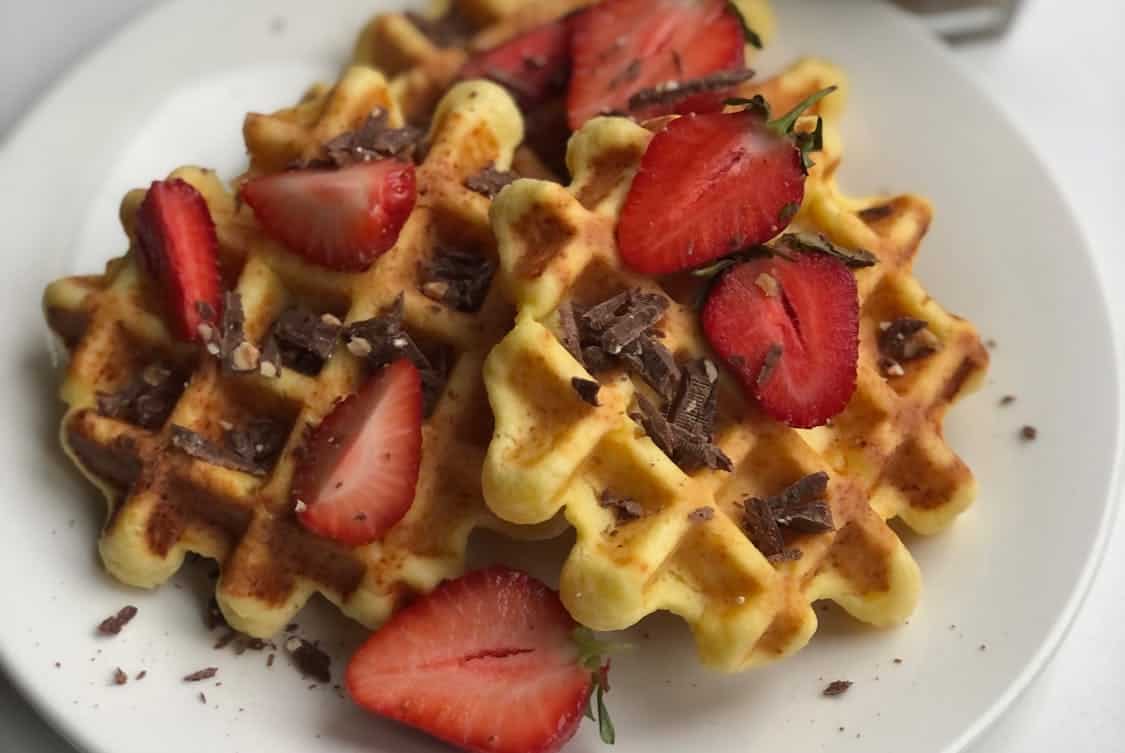A waffle maker can refresh a breakfast lineup by adding texture and visual appeal that diners notice right away. Chefs and cooks can switch up batter types, cooking times, and topping combos to create distinct items that stand apart from standard offerings.
If you’re looking to elevate your breakfast service, investing in a quality hotel waffle maker can help you deliver consistent, golden results that impress every guest.
Small changes in portioning, plating, and service rhythm often yield big returns on guest satisfaction and check averages. This piece outlines practical ideas and operational moves that help teams make the most of waffle equipment on any scale.
Choosing The Right Waffle Maker
Selecting the appropriate waffle iron is the first step toward menu success and kitchen efficiency. Commercial stick, Belgian deep-pocket, or flat grid plates each produce a different crumb, crust, and heat profile that suit specific menu goals.
Durability, ease of cleaning, and consistent temperature control should guide purchases so the tool performs well under rush service. Think about capacity and cycle time to match peak periods without creating a bottleneck.
Batter Basics And Texture Tips
A reliable batter recipe is the backbone of any waffle offering and small tweaks change mouthfeel and color. Adjusting flour blends, egg ratios, and fat content alters crispness and crumb; for example, more egg white yields lift while added butter helps brown the crust.
Resting batter and controlling hydration prevent dense results, and simple starch additions can provide a delicate, tender interior. Try a few test batches and keep notes so repeatability is straightforward for staff.
Savory Waffle Options
Savory waffles open doors to layered plates that go beyond syrup and butter, bringing protein and veg into play. Cornmeal, herb-infused, or cheese-studded batters pair well with items such as bacon, smoked fish, or roasted mushrooms for hearty combos that work at brunch service.
Toppings like poached eggs and quick pickles add contrast and keep the bite interesting, while a light drizzle of a tangy dressing balances richness. Make room on the menu for one or two signature savory items that can be prepped fast and plated with flair.
Sweet Waffle Varieties
Sweet waffles remain a favorite, but variety keeps guests coming back for another twist on a classic. Using brown butter, citrus zest, or brown sugar creates flavor notes that interact with common toppings in memorable ways.
Offer alternate batters like whole grain or spiced blends so guests can pick an indulgent option or a slightly leaner one without losing satisfaction. Keep portion sizes consistent to manage food cost and guest expectations.
Toppings, Sauces, And Finishing Touches
A strategic topping program turns a simple waffle into a composed dish with depth and contrast. Layer textures by combining crunchy elements such as toasted nuts with silky components like ricotta or a fruit compote, and add a fresh herb or citrus to brighten the plate.
Offer a few signature sauces that are easy to spoon or squeeze and can be portion-controlled for speed and cost. Merchandising a trio of toppings on a menu item invites add-ons that increase spend.
Presentation And Plating Strategies

How a waffle arrives at the table influences perception just as strongly as taste, so think about visual hierarchy and ergonomics. Stacking, cutting, or skewering pieces changes how guests interact with the dish, and a well-chosen garnish signals care and balance.
Use dishware that fits the portion and keeps heat, and arrange components so each bite offers a mix of textures. Train servers on the talking points that highlight components without overloading the guest.
Speed And Kitchen Workflow
Integrating waffle production into a busy line requires simple rules and clear stations to avoid slowdowns. Assign a specific cook to the waffle station and set up mise en place with measured batter, prepped toppings, and a clean surface for plating.
Timing is key: sync waffle cycles with other hot items so everything hits the pass ready to serve, and use heat-holding techniques when needed. Small changes in rhythm and task distribution often reduce stress and increase throughput.
Menu Pricing And Portion Control
Sound pricing reflects ingredient cost, labor, and perceived value, and waffles lend themselves well to layered pricing models. Keep base offerings affordable, then offer optional premium add-ons like artisan spreads or specialty proteins that carry higher margins.
Standardize portion weights and topping amounts so food cost is predictable and waste remains low, which simplifies accounting at the end of a shift. Visible price logic on the menu helps guests understand why an add-on has extra cost, making upsells smoother.
Seasonal And Themed Menus
Rotating waffle specials around seasonal produce or holiday themes sustains interest and gives the kitchen chances to play with limited-time offerings. Spring berries, autumn spices, and winter citrus each pair with specific batters and sauces to create timely plates that feel fresh.
Use a few short runs to test new combinations and collect guest feedback; the most popular items can join the regular line. Limited runs also make it easier to control waste and highlight local suppliers.
Training Staff And Quality Control
Consistent results depend on clear processes and hands-on practice for every team member who touches the waffle station. Create a concise checklist that covers batter ratio, cook time, cleaning steps, and plating photos so anyone can replicate core items reliably.
Schedule brief skill sessions that let staff taste differences and learn how minor tweaks affect finished product, which raises confidence and speeds service. Regular checks during service help catch drift and keep quality at a steady, predictable level.





